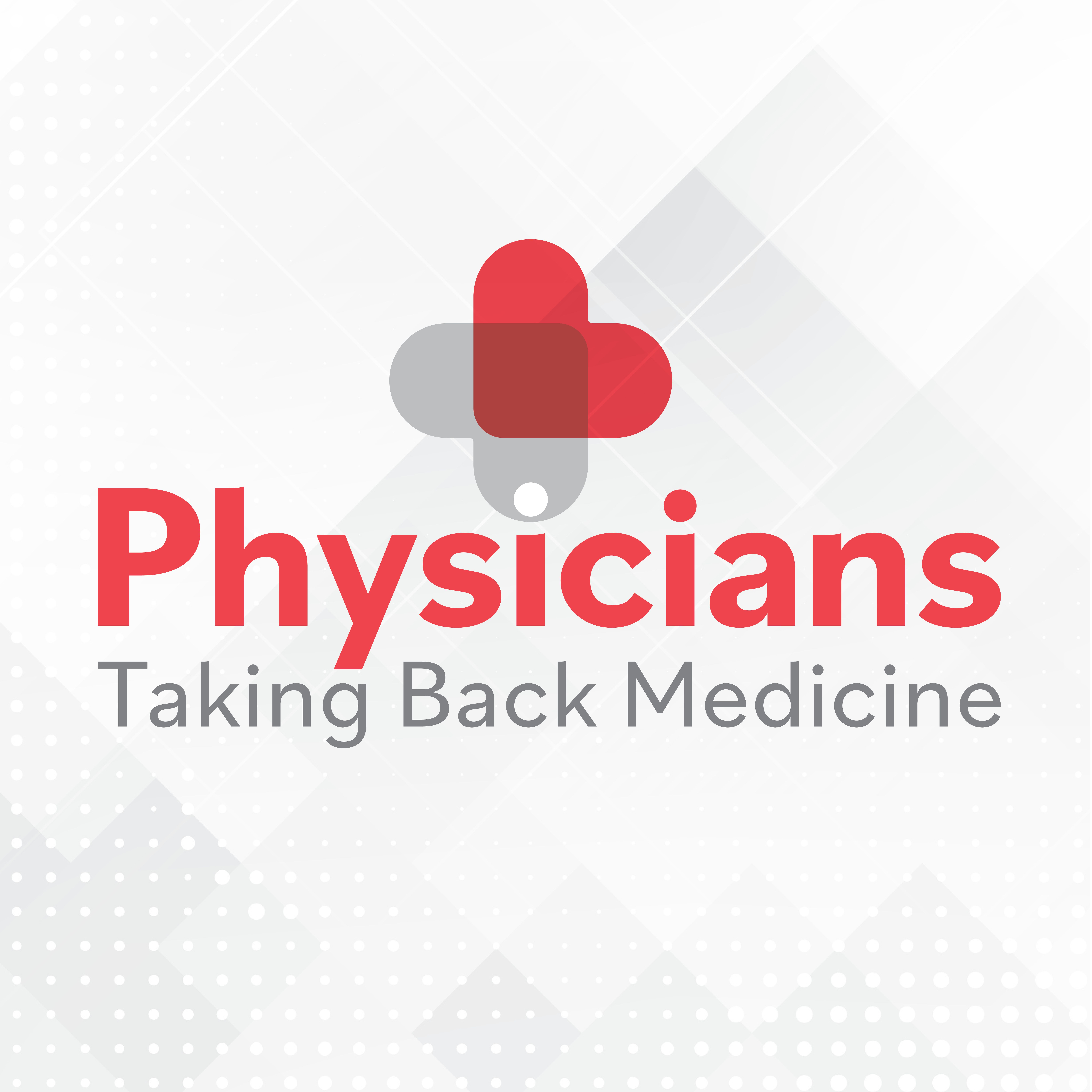News
Article
Medicare rules may limit prescription steering by PBMs, study finds
Author(s):
Key Takeaways
- PBM-owned pharmacies capture a significant share of Medicare Part D spending, but less than in other payer segments.
- Medicare's "any willing pharmacy" rule may limit PBM market share, offering patients more choice in pharmacy selection.
A Weill Cornell Medicine study found that one-third of all Medicare Part D pharmacy spending and nearly 40% of specialty drug spending within Medicare Part D was through pharmacies owned by the four largest PBMs: CVS, UnitedHealth Group, Cigna and Humana.
© Yuri Arcurs/peopleimages.com - stock.adobe.com

New research from Weill Cornell Medicine explores how pharmacy benefit managers (PBMs) steer patients toward their own pharmacies, with Medicare’s regulatory framework potentially curbing such practices more effectively than in other segments of the health care market. Published in the Journal of the American Medical Association (JAMA) Health Forum, the study found that, although PBM-owned pharmacies still capture a significant share of Medicare Part D spending, their influence is notably lower compared to other payer segments.
In 2021, one-third of all Medicare Part D pharmacy spending and nearly 40% of specialty drug spending within Medicare Part D was through pharmacies owned by the four largest PBMs: CVS, UnitedHealth Group, Cigna and Humana. However, this is representative of a far lower market share in Medicare than the nearly two-thirds national market share highlighted in a 2024 Federal Trade Commission (FTC) report.
“It is striking that, on average, these companies have significantly lower market share in Medicare than the national estimates suggest,” Pragya Kakani, PhD, an assistant professor of population health sciences and lead author of the study said in a university release. “For high-cost specialty drugs, these pharmacies have almost half the market share in Medicare which is still lower than that observed across all other payer segments nationally.”
Medicare’s ‘Any Willing Pharmacy’ Rule
One key factor in limiting PBM-owned pharmacy market share may be the Center for Medicare and Medicaid Services’ (CMS’s) “any willing pharmacy” rules, says Kakani. Under these provisions, pharmacies that meet Medicare Part D requirements cannot be excluded from plan networks, granting patients greater flexibility in choosing where to fill their prescriptions.
“While we don’t test this directly, our work raises the possibility that these rules may be powerful in preventing PBM firms from getting huge market share,” Kakani said. Outside of Medicare, insurers often have more latitude to exclude pharmacies from their networks, reducing patient choice and amplifying the influence of PBM-owned pharmacies.
Despite the rule, however, PBMs continue to steer a substantial number of Medicare Part D patients towards their own pharmacies. According to the study, Medicare patients used PBM-owned pharmacies at rates nearly 20% higher than what would be expected without such steering.
Specialty drug market raises concerns
The steering effect is particularly pronounced for high-cost specialty drugs. For conditions including pulmonary arterial hypertension, idiopathic pulmonary fibrosis and multiple sclerosis, PBM-owned pharmacies captured more than 60% of Medicare market share.
“Because there is a lot of variation by disease area in terms of the prevalence of these pharmacies, policymakers concerned about this issue should pay special attention to drug classes where these PBM-owned pharmacies are most used,” said Amelia Bond, PhD, MS, MHS, an associate professor of population health sciences at Weill Cornell Medicine and senior author on the study.
This level of integration has significant implications for costs, independent pharmacies and patient experience. Although PBM-owned pharmacies may offer efficiencies, it’s argued that the consolidation of market power can lead to higher prices and reduced competition, particularly in underserved communities.
The findings of the study may inform ongoing debates over PBM regulation at both state and federal levels. Expanding Medicare-like protections, such as “any willing pharmacy” rules, to the broader commercial market could limit steering practices and enhance overall patient care.
“Steering can amplify the potential harms as well as possibly potential benefits of this type of integration, justifying further research in this area,” Kakani said.
The study highlights the need for continued evaluation of PBM-owned pharmacies’ impact on quality of care, including access to care, timely prescription filling, patient adherence to treatment plans and pricing. Kakani, Bond and their research team plan to delve deeper into these issues in future studies.





